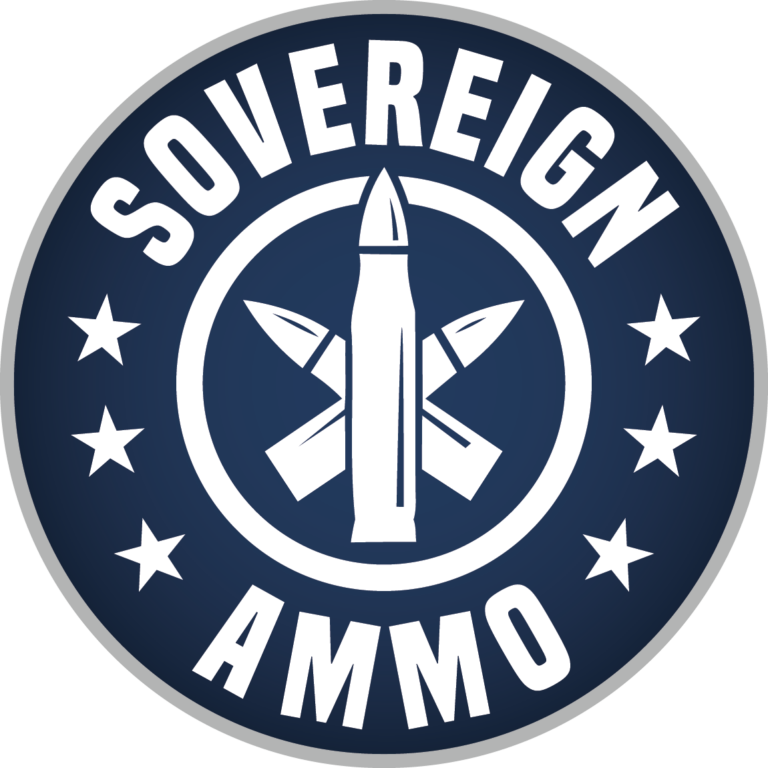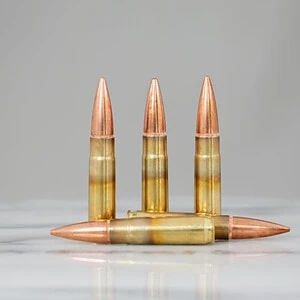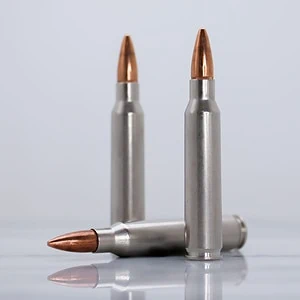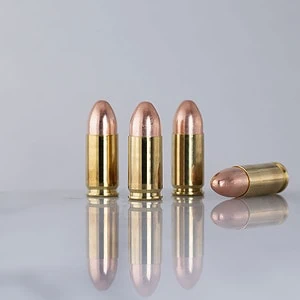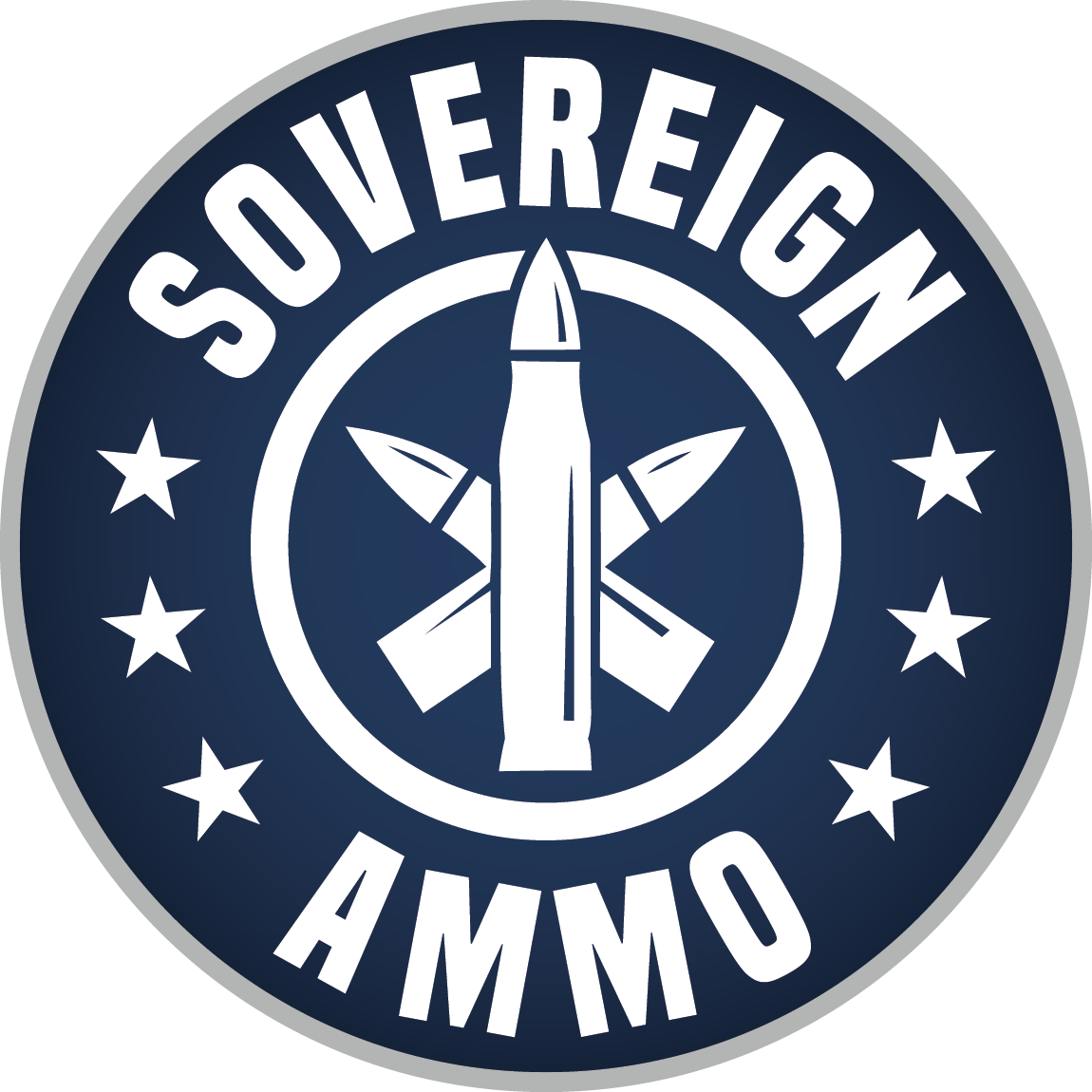The Killing Range of a 9mm Pistol: What You Need to Know
- Laura DiBenedetto
- Arm Yourself with Knowledge
The killing range of a 9mm pistol is a vital piece of information. When it comes to personal defense, understanding the capabilities of your firearm is crucial. For many gun enthusiasts, the 9mm pistol is a popular choice due to its versatility, manageable recoil, and wide availability. One important aspect to consider is the killing range of a 9mm pistol. In this blog, we’ll delve into what determines the killing range and provide valuable insights to help you make informed decisions when it comes to your personal safety.
Understanding the Killing Range of a 9mm Pistol
The killing range refers to the maximum distance at which a bullet fired from a 9mm pistol can inflict lethal damage. It’s essential to note that various factors influence the effective range of a firearm, including bullet design, muzzle velocity, accuracy, and shooter proficiency. Let’s explore these factors in more detail:
1. Bullet Design:
The type of bullet you choose for your 9mm pistol plays a significant role in its killing range. Hollow point bullets are specifically designed for self-defense, expanding upon impact to create larger wound channels. Full metal jacket (FMJ) bullets, on the other hand, are more commonly used for target shooting and tend to have deeper penetration. Consider your intended purpose and select the appropriate bullet design accordingly.
2. Muzzle Velocity:
Muzzle velocity refers to the speed at which a bullet leaves the barrel of a firearm. Generally, higher muzzle velocities result in flatter trajectories and increased effective range. Factors such as ammunition type and barrel length influence muzzle velocity. It’s important to note that while a higher muzzle velocity may extend the killing range, shot placement remains paramount.
Factors Influencing Killing Range
Beyond the firearm and bullet characteristics, several external factors affect the killing range of a 9mm pistol. These factors include environmental conditions, target composition, and shooter proficiency. Let’s take a closer look:
1. Environmental Conditions:
Environmental factors like wind, humidity, and temperature can impact bullet trajectory and accuracy. It’s important to practice shooting in different conditions to become familiar with how these variables can affect your shot placement.
2. Target Composition:
The composition of your target can also affect the killing range. Factors such as clothing, barriers, and body armor can influence bullet penetration and expansion. Understanding how these factors interact with your chosen ammunition can help you assess the effective range in various scenarios.
Conclusion
When it comes to the killing range of a 9mm pistol, multiple factors come into play. Bullet design, muzzle velocity, environmental conditions, and target composition all contribute to the firearm’s effectiveness. By understanding these factors and regularly practicing with your firearm, you can make informed decisions to maximize your personal safety. Remember, responsible gun ownership includes knowing the capabilities and limitations of your firearm and always prioritizing safety.
Remember, responsible gun ownership includes knowing the capabilities and limitations of your firearm and always prioritizing safety. Stay informed, stay trained, and stay safe.

Best Sellers
Join the Revolution.
Join the Sovereign Family and get the one email you’ll look forward to. Get promos, coupon codes, and even Dad jokes! 100% spam-free.
